Felson’s Principles of Chest Roentgenology, A Programmed Text (Goodman, Felson’s Principles of Chest Roentgenology) 4th Edition
Popular for its easy-to-use format, Felson?s Principles of Chest Roentgenology remains the must-have primer of chest radiology. With the inclusion of the latest imaging approaches and terminology, its unique programmed learning approach ?presented in a highly interactive style?demystifies reading and interpreting radiologic images. High-quality images and diagrams are accompanied by multiple-choice review questions to reinforce key concepts. Additional online images plus self-assessment tests help you sharpen your skills and build confidence!
“A must for anyone who fancies him/herself as a competent general radiologist.” Reviewed by: John Reid, Borders General Hospital on behalf of RAD Magazine, December 2015
- Quickly grasp the radiology fundamentals you need to know―including basic science, image interpretation, and terminology―with the popular “programmed learning” approach, which promotes fast learning and reference.
- Discern the nuances between modalities by comparing CT and MR images as well as traditional radiographs.
- View detailed clinical images covering all the image types you’ll see on the boards including digital quality radiographs and an introduction of PET imaging, plus more advanced imaging such as CT and MRI than ever before.
- Test your skills and simulate the exam experience with updated content aligned with the new MCQ-format Board exam for easy preparation and review.
- Benefit the from more robust interactive offerings in an e-book format―with easy-to-access quizzes and board questions provided online.
- Expert Consult eBook version included with purchase. This enhanced eBook experience allows you to search all of the text, figures, references, and videos from the book on a variety of devices.


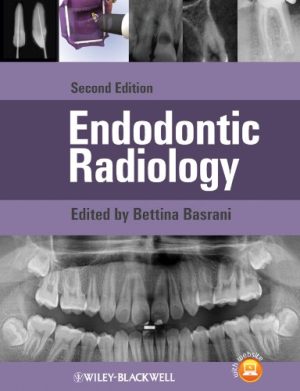
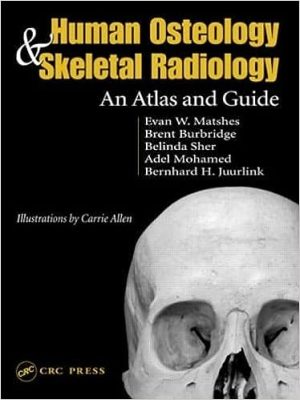
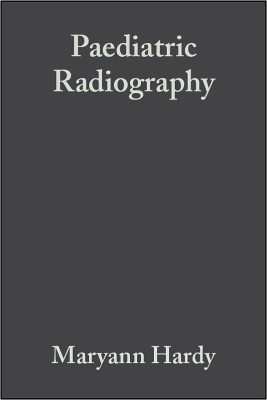
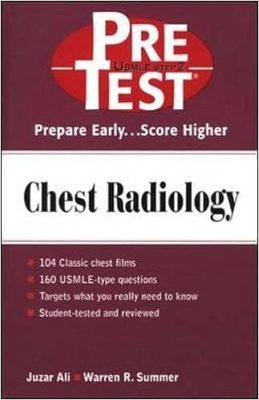
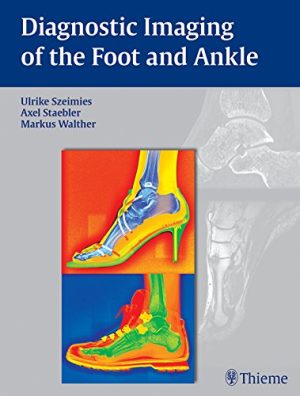
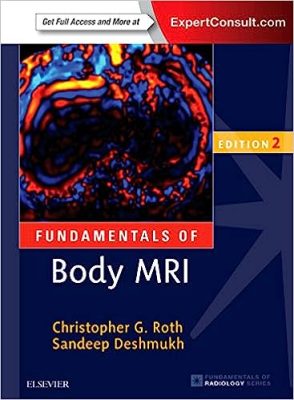
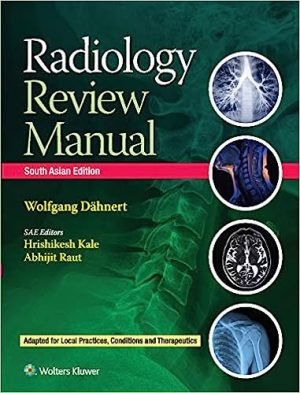
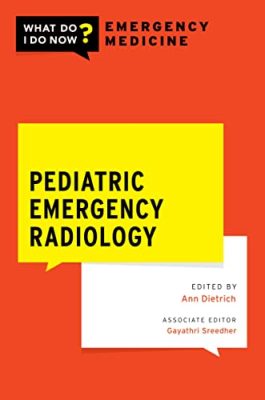 Part of the “What Do I Do Now?: Emergency Medicine” series,
Part of the “What Do I Do Now?: Emergency Medicine” series, 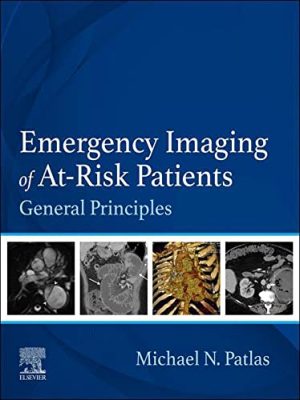 Radiologists in emergency department settings are uniquely positioned to identify and provide effective, appropriate care to vulnerable patient populations. Emergency Imaging of At-Risk Patients fills a void in the literature by illustrating challenges in emergency and trauma imaging of vulnerable patients using a head-to-toe approach. Drawing on the vast clinical experience of emergency and trauma radiologists from the largest academic medical centers across North America, this reference presents basic and advanced emergency imaging concepts, relevant case studies, current controversies and protocols, and subtle imaging findings that help guide clinicians to efficient and accurate diagnoses and treatments.
Radiologists in emergency department settings are uniquely positioned to identify and provide effective, appropriate care to vulnerable patient populations. Emergency Imaging of At-Risk Patients fills a void in the literature by illustrating challenges in emergency and trauma imaging of vulnerable patients using a head-to-toe approach. Drawing on the vast clinical experience of emergency and trauma radiologists from the largest academic medical centers across North America, this reference presents basic and advanced emergency imaging concepts, relevant case studies, current controversies and protocols, and subtle imaging findings that help guide clinicians to efficient and accurate diagnoses and treatments.